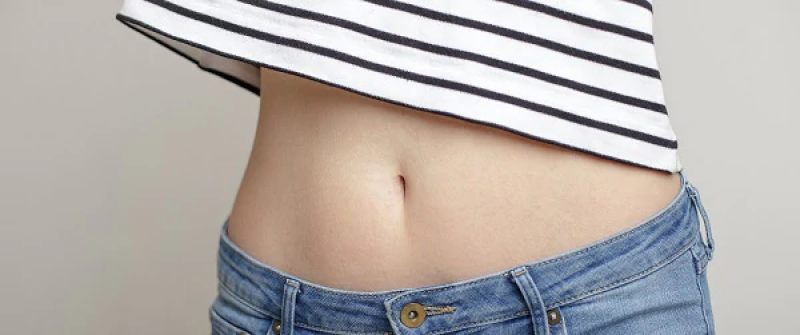-
Your concerns
Our articles to help you gain a better understanding
-
Our solutions
-
DUCRAY Dermatological Laboratories
Our articles to help you gain a better understanding

Stomach eczema can affect babies, children and adults. The areas of the stomach affected vary according to age.
Eczema on the stomach is very common, especially in babies who develop eczema in the first few months of life. It is also known as torso eczema. The plaques on the stomach are very red. In older children and adults, eczema can still affect the stomach, but it can also affect areas close to the stomach. There are cases of nipple eczema, eczema of the neckline and eczema of the lower stomach.
In the lower abdomen, the belly button is a very small area also affected by eczema. Belly button eczema is often a contact eczema, due to an allergy to metals, especially nickel. Nickel is present in pants buttons, belt buckles, piercings, etc. Patients describe a red and painful belly button.
To limit belly button eczema, it is advisable to wear a cotton t-shirt under clothing, preferably wear pants with non-metallic buttons and belts with small buckles so that they do not come into contact with the skin, and to remove piercings.
In the case of stomach eczema, the itching is often very intense, and the individual does not hesitate to scratch themselves through the clothing or directly by lifting a piece of clothing. Cut the nails short to avoid injuries, superinfections and scars.
In the event of stomach eczema, cortisone creams can be applied to the entire stomach, including areas considered more fragile such as the belly button or nipple.
Moisturizing the skin is essential to prevent new flare-ups of eczema on the stomach. After showering, take the time to moisturize from head to toe with an emollient.
Atopic eczema, contact eczema, chronic eczema, eyelid eczema